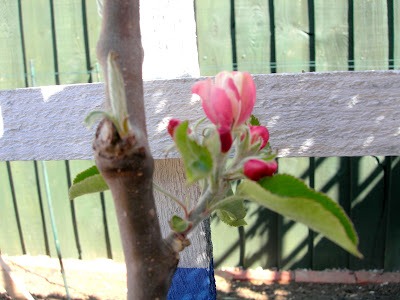I first came across a set of books by
Swami Rama, which do contain some guidelines on meditation and
breathing techniques. Then somebody pointed me to the
Self-Realisation Fellowship and Yogananda's books. It was the third
time lucky for me, when I came across Yogani's AYP website.
Everything I
need in the way of yoga is there! I won't even have to take much of a
risk, as the method seems to be tried and tested, with plenty of
people following it in distance-learning mode.
Yogani's method looks like a
straightforward succession of steps, clearly explained. And without
too much jargon and even without the mystical mumo-jumbo. Because,
keen as I am on yoga, I have no intention to depart from my
discerning self. (Paranormal powers and miracles might exist, but I'm still waiting to see some evidence.)
If I had dreamt up my
teacher myself, he could not have been more to my liking than Yogani
has turned up to be. It was a very exciting few days, reading through
his book and reassuring myself that the method really is
complete, down to the very advanced techniques that normally come with a 'do not try this on your own' tag. Yes, we are responsible adults
who can self-pace and practice safely - thankfully there is one yoga
master out there who takes that view. He also does his best to
clarify the details of his technique and can be contacted with
questions if anyone needs clarifications.
Yogani even sorted out my confusion
about following a devotional path. Since I am not religious, I
thought a devotional path was not for me. But I am devoted to my goal
of finding the truth, to become the best I can be as a human being and
realise whatever potential was given to me by nature or God. As I
read Yogani's lessons about devotion, the long-felt disappointment
about lack of progress and many years' failure to find a teacher
suddenly took a positive turn. That same emotional drive can and will power
my progress from now on. Thank you Yogani! I am more grateful
than words can say.
















